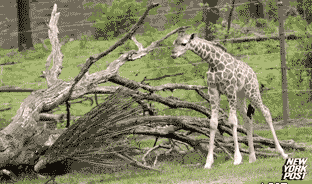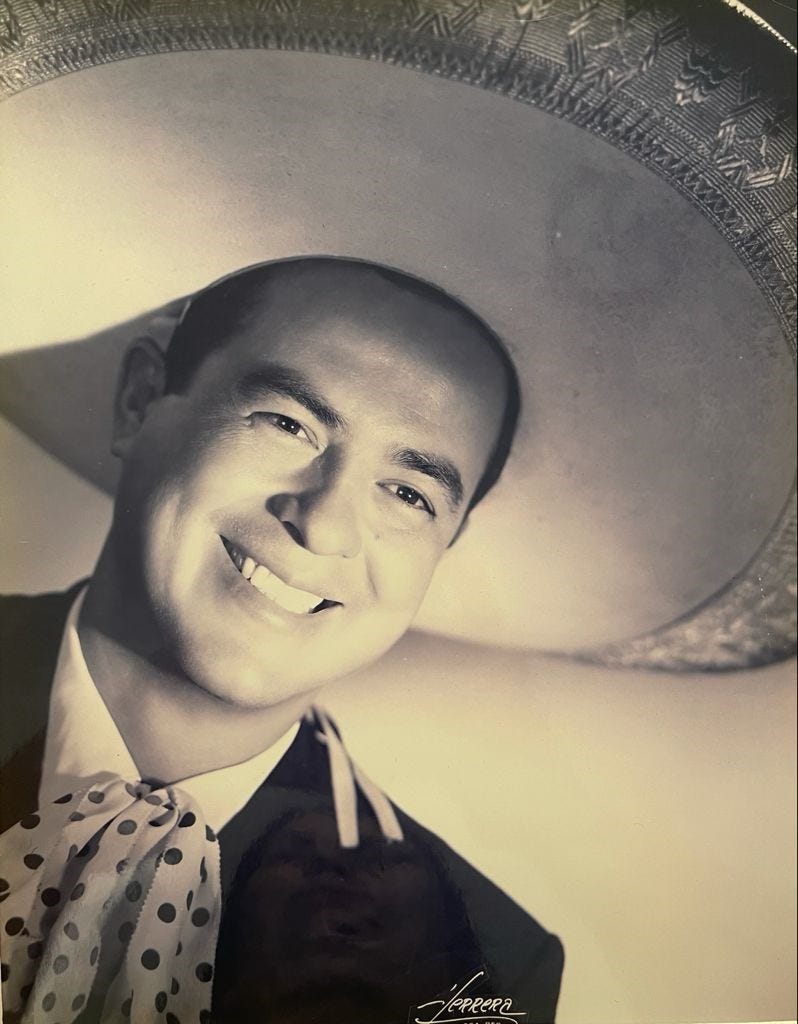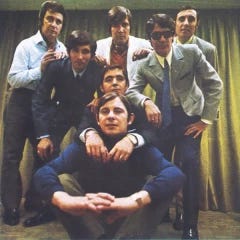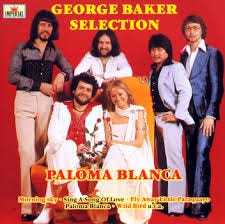Tune Tag #45 with Ryan Egan of organizing an accident: Michael Jackson, NRBQ, Matthew Sweet, Stevie Wonder, Lush Life, Caetano Veloso, Ryan Egan
🌎Singer/songwriter, Ryan Egan, lives the sweet and lush life in The City of Lights; he does Tune Tag battle with a resident of The Live Music Capital of the World, Austin, TX!
Howdy, Ryan!
Welcome to the Tune Tag Jungle!
TAG! You’re IT!
Tune Tag welcomes singer/songwriter, of organizing an accident on Substack!
Ryan Egan is an American singer/songwriter based in Paris, France. Originally from New Jersey, he has spent the last two decades recording and performing music in various projects. Since launching his career as a solo artist in 2015, his music has garnered critical acclaim from outlets such as Billboard, Noisey, Bandcamp, Clash, and more, as well as accumulating millions of streams across platforms.
One year ago, Ryan began publishing his Substack newsletter, organizing an accident, in which he shares an unreleased home demo every week accompanied by reflections on music, creativity, and life in Paris. Since its launch, he has shared over 70 songs exclusively on Substack! Find Ryan on social media: @thisryanegan
Ryan’s music & social links:
Streaming: https://ffm.to/thisryanegan.otw
Instagram: https://www.instagram.com/thisryanegan/
Facebook: https://www.facebook.com/thisryanegan
YouTube: https://www.youtube.com/c/RyanEgan
Last week, of Best Music of All Time, pulled up a Tune Tag chair, and did us proud:
….and, next week,
from Rock’n’Roll With Me graces us with her presents…..uh, I mean, presence! (Ooh, maybe she’ll bring gifts!)Ryan’s song #1 sent to Brad: Caetano Veloso, “Cucurrucucu Paloma,” 1995
Ryan’s rationale: If I were asked to name the most beautiful song of all time, I would likely propose this one instinctively. I first heard it in Wong Kar-wai’s Happy Together (1997), set to images of the characters driving through the Argentinian countryside with its sprawling landscapes. It gripped me in a way a song rarely can.
I had to find it. I later heard it again in Pedro Almodóvar's Hable Con Ella, where the song is prominently featured with a gorgeous live performance, as well as Moonlight by Barry Jenkins (a clear homage to Kar-wai).
It is originally a Mexican folk song from the ‘50s, but Caetano’s interpretation (from his 1995 Fina Estampa En Vivo album on Mercury Records/U.S.) transforms it into something far more soul-wrenching, timeless, and elegant. In knowing his larger legacy in Brazilian music, the song is only that much more brilliant, standing alone in his catalog the way Björk’s “It's Oh So Quiet” does, a magic card in an artist’s deck played almost criminally seldom.
“Cucurrucucú Paloma” (written by native Mexican, Tomás Méndez, above, it’s been recorded by notables like Harry Belafonte and Perry Como) is a song that I could listen to on an infinite loop: the way the strings flutter in and out like the gills of a fish; the way his voice sweeps androgynously into that effortless falsetto, bending time and space. It is everything I look for in a performance.
Brad’s song #1 sent to Ryan: Los Tamara, “Paloma Blanca,” 1975
Ryan’s response: I can only assume this pick was inspired by the name/word “Paloma” in both titles, and that both artists were active in the ‘60s/’70s Latin music world, namely Brazil and Spain.
Brad’s rationale: It’s all about the dove, the “Paloma”; in this case, the one that’s “Blanca,” on a single that enjoyed release only in Spain in 1975…in fact, there were eight covers of the song in that first year, with Los Tamara’s version being the fourth!
American listeners may recognize the hit song from that same year by The George Baker Selection on Warner Bros. Records. It flew all the way to #1 on Billboard’s Easy Listening chart, and got to #26 on the trade publication’s Hot 100 singles chart, and even landed at #33 on the country chart! That’s what you call true cross-over!
The song’s creation is credited to Dutchman, one Johannes “Hans” Bouwens, who went by the nom-de-tune of George Baker. I chose the Los Tamara (from Spain) cover because I’d never heard another one besides the Baker hit, and I really enjoyed the voice of Los Tamara lead singer, Pucho Boedo.
Ryan’s song #2: NRBQ, “Magnet,” 1972
Brad’s response: Not seeing (or hearing) an immediate link between the Spanish Los Tamara and the Kentucky-based New Rhythm and Blues Quartet (NRBQ), I heartily endorse a hard left from the treacly MOR of “Paloma Blanca”! What say you, Ryan?
To be honest, this may be the first notes I’ve ever knowingly heard of NRBQ! This “Magnet” came from their 1972 Scraps album, released on Kama Sutra, a Buddah Records subsidiary.
When I got into commercial FM/rock radio 3 years later (in 1975, when I was 20), we likely had NRBQ albums in the control room, but I don’t recall pulling any out to play. Regular reader of all things rock press, though, I knew the name, and had read album reviews about their sound and records.













